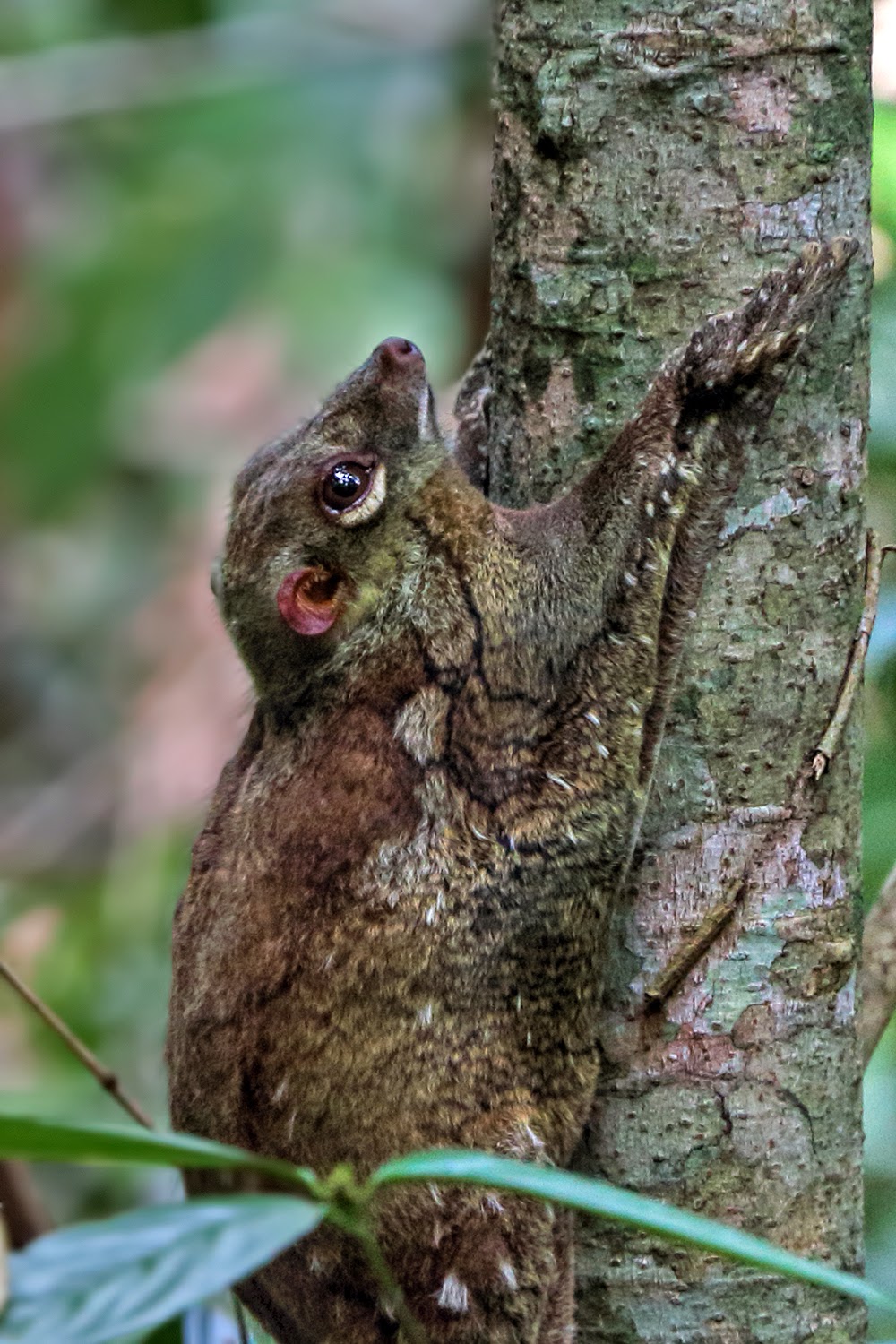The Berjaya Resort, Langkawi; a wildlife photography niche
At the end of March 2015 I spent three
nights at the Berjaya Resort on Langkawi Island. It was long weekend with my
wife and two other couples. I was interested in the wildlife around the hotel
grounds, which were quite extensive. One of my friends was a keen nature
person with excellent knowledge of the local mammals and reptiles.
My first impression of the hotel was not
particularly good as the check-in was very slow. I was however impressed by the
room when we arrived there. There are basically two room locations; a forest
location or a seaside location. We chose the former. The room was not luxurious
but everything was clean and perfectly adequate. The outside deck was a great place to read and appreciate the passing wildlife and sounds of the night. A walk around the grounds
later demonstrated that the chalets were in good condition and the grounds were
well maintained. From a nature perspective the chalets had been located with
some thought to preserve the trees to allow free passage to the fliers and
gliders. From along the beach only the seaside chalets were really visible.
The grounds are gardens were well maintained and the plantings added to the ambience......except when the silence was rudely punctuated by leaf blowers.
The next day I got up early and walked for
four hours around the grounds. There was a good selection of wildlife and I was
able to get some good images even though I had only a 28-300mm zoom lens.
My friend Nick Baker was seeking images to
put on his popular website, EcologyAsia. He had a lean time until he had an
encounter with the occupants of a tree hole…two Red Giant Flying Squirrels.
From my perspective the shooting targets
were the cute Orange juvenile Dusky Langur babies, hornbills, Black Giant
Squirrels, mischievous and house-invading Long -tailed macaques and the intriguing Colugos. I managed to get shots of each of them
and came across at least 3 Orange Langur babies. Three Black Giant Squirrels put on quite a display of chasing each other and squealing like mating cats.
The Colugo is also known as a Flying Lemur, which is quite a misleading name. First it does not fly but has an extensive webbing that includes between the hind limbs and tail and between the 'fingers'. They can glide for long distances well over 100metres in ideal conditions. Secondly they are not even closely related to Lemurs, they are a separate evolutionary line whose closest relatives are the primates.
There were mangroves at the top of the
beach and there is a short mangrove walk for guests to enjoy that fragment of
an eco-system. Nick managed to photograph a Brown-winged Kingfisher in the mangrove area. This was on my list but a challenge with a relatively short focal length lens.
The hotel offered free night walks to
appreciate the denizens that are active then. Surprisingly there is no
promotion of the nature within at on the Berjaya Resort website. A small
brochure in the rooms might also arouse more interest in guests who are not
connecting with the surrounding wildlife. I was informed by Nick that there was
a booklet available in the hotel shop for 5 ringgit detailing some of the
wildlife but those responsible for this slice of information has ripped off 12
images plus tracts of information from his website. Other information contained within was
riddled with errors.
The food outlets in the resort were good
and the vehicles were efficient in transporting guests to and from their rooms.
The pool was nice and there was also a part of the beach cordoned off for
swimmers. The Beachside restaurant had a great view over the sea and the Thai restaurant at the end of the jetty has delightful staff, great ambience and the food was excellent.
In summary for nature lovers and
photographers this is a very good place for subjects despite the lack of
accurate information from the hotel and associated guides. The rest of the
facilities are common in many other resorts. It is perhaps another case of not
appreciating the natural resource you have.



































Comments
Post a Comment